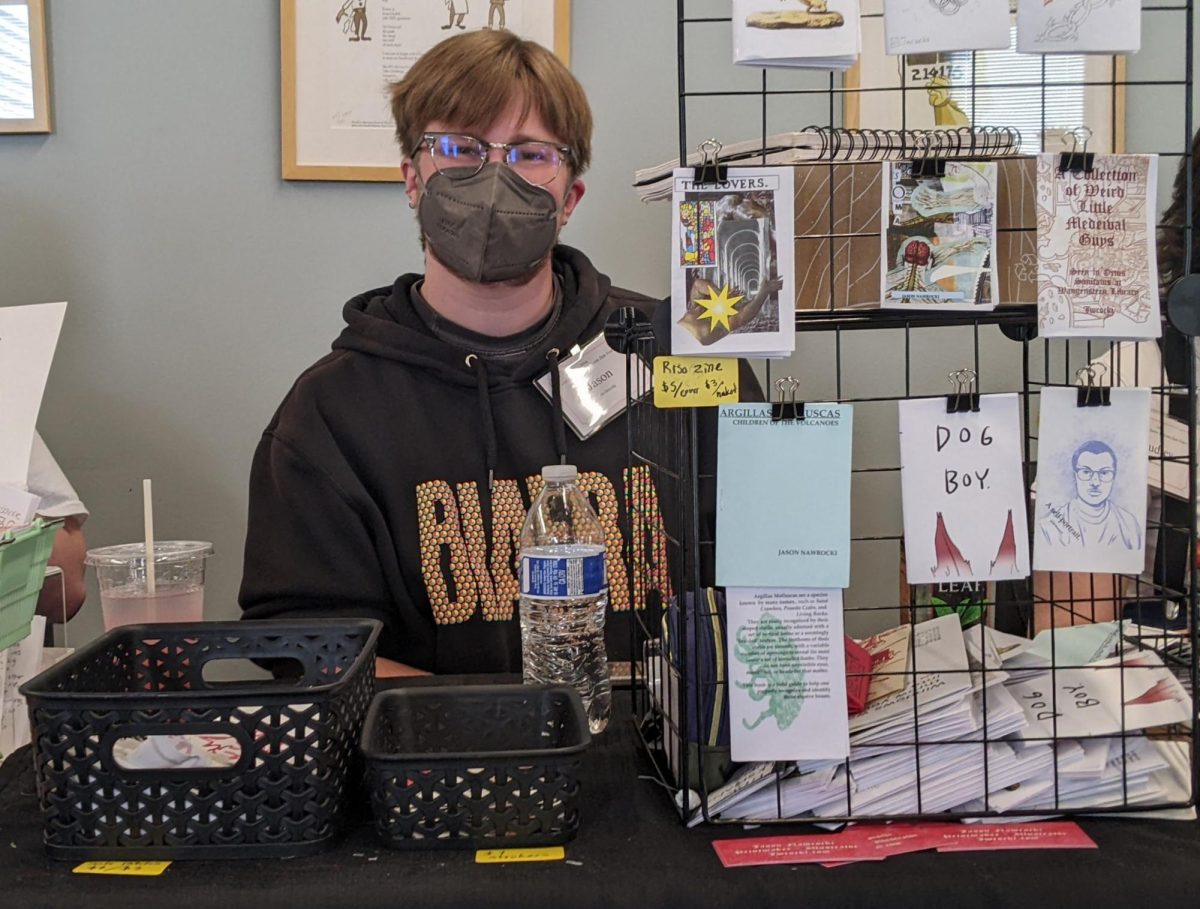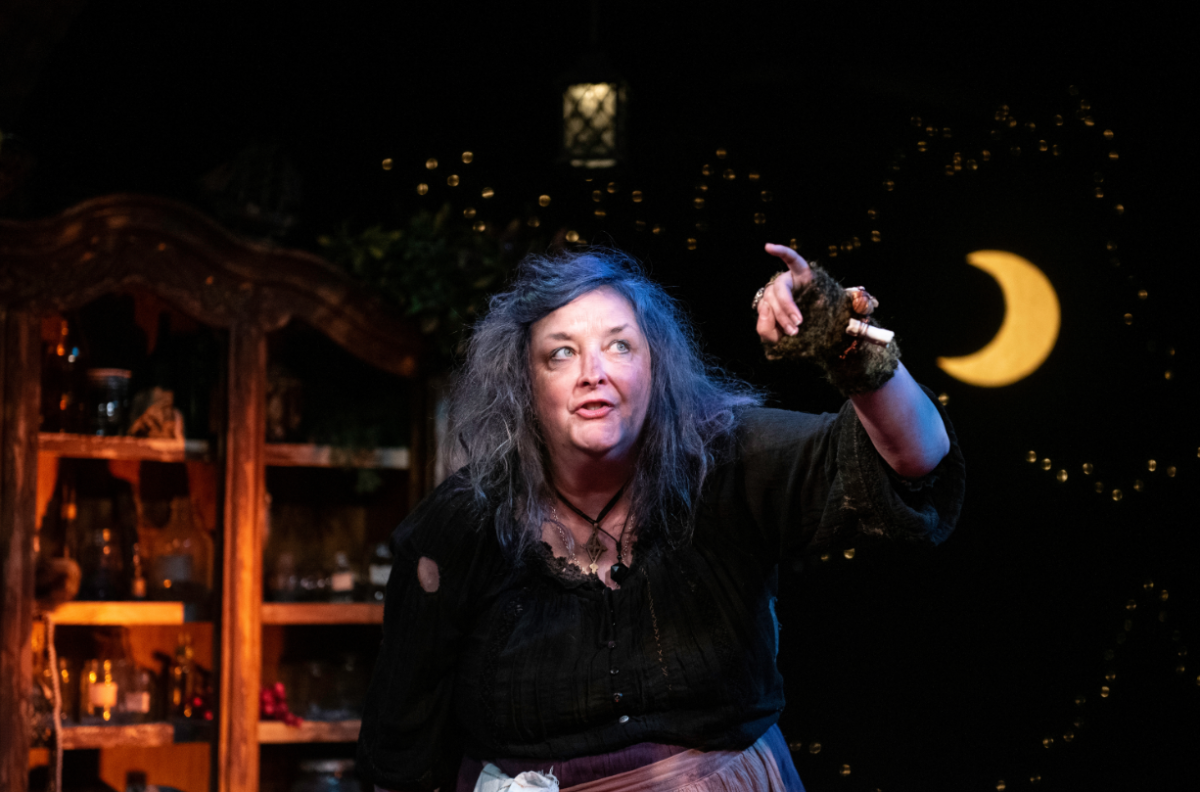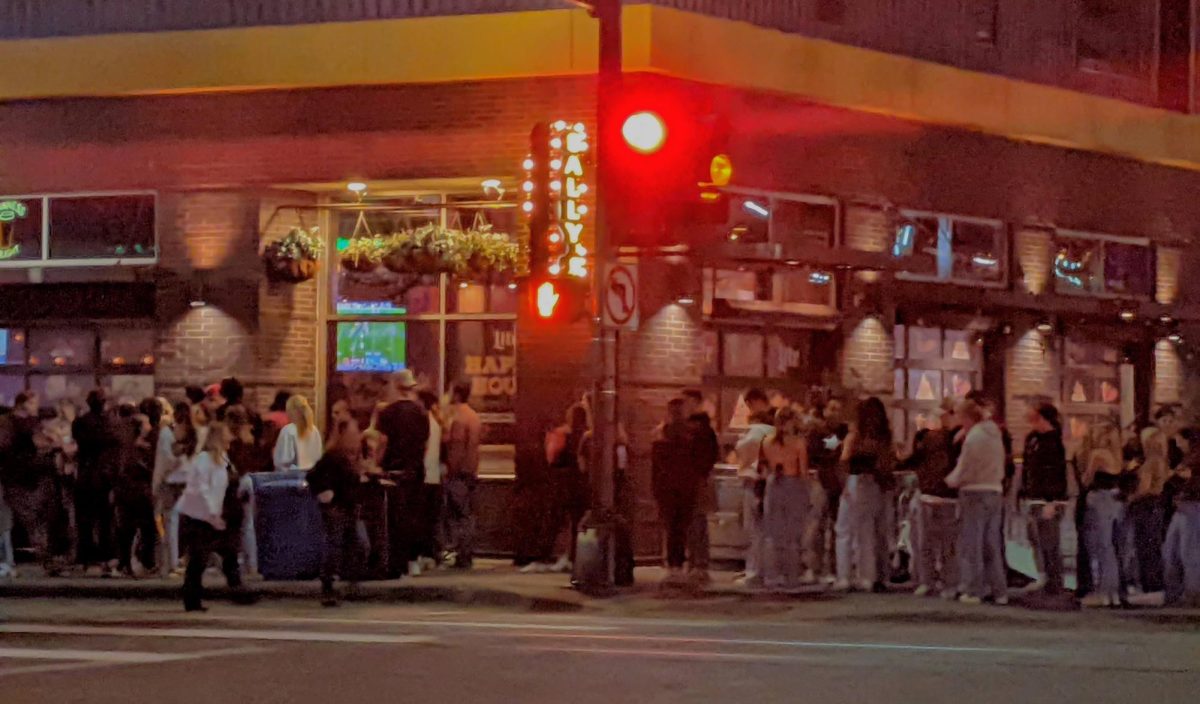The College of Design recently hired Carol Strohecker as the dean, a role that hasn’t been permanently filled for the past two academic years. Previously the vice provost at Rhode Island School of Design, Strohecker’s goal is to bring stability and prosperity to the college.
What interested you about the University of Minnesota?
I’m the graduate of two land-grant universities: The University of Maryland and MIT. I like that land-grant mission, where working with the community is an important way to find interesting problems that members of the university community can work on. We incorporate it into academic curriculum, and that becomes part of the teaching and learning experiences for the students. Especially as designers, we always want to be involved with people for and with whom we are designing. I feel that a land-grant university is especially well-situated for that kind of work.
Looking at the College of Design, it’s really quite unique. Design is typically bundled with a broader spectrum of disciplines in the fine arts… It’s unusual and I think it gives us special opportunities to make a difference in the world.
What is your vision for the college?
A lot of it happens in collaboration with the faculty and students. I wouldn’t come in with only my own vision, but I’m doing a lot of listening in these early days. I want to work collaboratively to come up with a very crisp statement of what that mission should be. Even though we’re on two campuses and we encompass a range of disciplines, we want to come together and have an identity as a coherent college of design.
Have students and faculty raised any other hopes or concerns about the college?
One of the big things has to do with diversity, both within the college and throughout the University. We want to acknowledge that we’re living in a global culture. We want to make sure that we have representation of diverse perspectives. It’s very important as we’re designing for people to understand how the population of the Twin Cities and the state is changing and how we anticipate that will continue to change. But also, how we can partner with people across the nation and across the globe so that we’re coming up with problem formulations and also solutions that are going to benefit people on a large scale. I would say diversity is a large part of that.
In preparation for this interview, I talked with current design students from different majors. Many felt overlooked and isolated on the St. Paul campus and felt that CDES isn’t receiving the same recognition as other colleges. Another issue raised was the cost of printing. Can you talk a little bit about both of these issues?
We have a communications team, which has been growing. I think as the team continues to congeal as a working force … not only will we see those voices represented in our own internal college communications, but we’ll have good links to the University-wide communications.
I would encourage students to think of themselves as active participants in that process. We all need to work together to promote the college. Sending an email to someone in the communications group or knocking on the door … I hope they’ll feel welcome to do that.
Printing is an ongoing project. We recognize that this is only one of many expenses students have, some of which might be higher for design students just because of the nature of the work. More and more of that work happens both in the creation and presentation through digital media, but not only. We do still need to print.
We do have some stats from the studies that we’ve done about the printing costs and what students are spending overall. I would also hope that wherever we continue to do the printing, we’re using recycled paper so that we can bring the consciousness of the environment into the process, which we need to have in all of our design processes. I personally was really encouraged to arrive as a new dean and see that work well underway. I think over the past two or three years we can show that the numbers of prints are going down and therefore the total cost to students.
Let me back up and come to that big question again, about the CDES students sometimes feeling like they don’t get the prominence or priority or respect, perhaps, that other students get. Where that is something they feel in the context of the University, it may actually be a reflection of things happening in the larger world.
It helps to take a historical perspective in looking at these things. Those immersed in history would know that we’ve come through a very particular moment historically… we’ve been through the 20th century with so many technological innovations, and then, as we enter the 21st century, the computer technologies in particular have really taken off.
I think the engineering, the STEM professions, ended up taking on a priority because people were putting their hopes in them. What we’re realizing now, and design especially calls attention to this point, is that you can’t just have technology independent of people. People are using technology, and policy shapes how technology can be distributed and used. It’s working best when we have an equitable society where a number of perspectives can be equally considered. So, we need those human perspectives and they are the humanities … I would hope that our students would be tuned into all of that and realize that they have a lot to offer, not only through their particular design discipline, but as designers in general.
What’s the best way for students to reach out and become active?
It’s important for students to know their faculty advisors. They can go to their department administrator or department head. Another way is the Communications Office — helping us connect to each other and to the University and the broader world. I would hope also that students are talking to each other.
Is there anything else you would like students to know about you or your administration?
We really have a great group of administrators and staff and faculty all working in the interests of the students. We’re an educational institution. That is why we’re here. I would hope the students wouldn’t feel shy — we feel that if we said yes to your application that means you’re part of the community and we want to hear from you. So, knock on the door, send an email. We really need the input.
Editor’s note: This Q&A has been edited for length and clarity.







